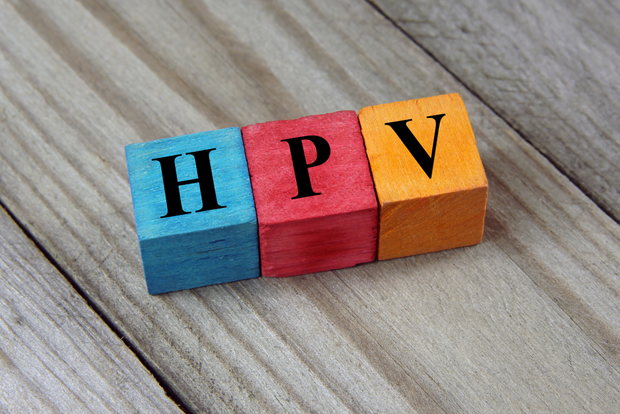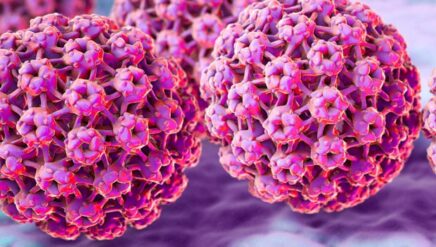
What are genital warts?
The inflammation of the cells, by certain types of HPV, sometimes results in the appearance of exophytic lesions, visible to the naked eye, which are called genital warts.
How will I recognize genital warts?
Genital warts appear as fleshy protrusions on the skin, and are of varying sizes. Their colour also varies. They may be the same colour as the skin, or be lighter or darker in colour.
The most common area where genital warts are discovered is the vulva. The next most frequent are the perineum and perianal areas, while warts in the vagina and on the cervix are rarer.
You can check yourself or your partner for warts, but remember that some areas are not visible by you (vagina, uterine cervix, anus, urethra). If you suspect you have warts, visit a specialist physician.
How are HPVs, genital warts and cancer related?
Genital warts are benign. Most genital warts are caused by low-risk HPVs. Genital warts are usually caused by HPV 6 and 11.
It has however been proven that some women with genital warts also carry high-risk HPVs and are at risk for future carcinogenesis in the cervix. Preventive testing, using the Pap test or HPV test, is therefore imperative. The physician will judge whether further testing is required (colposcopy, biopsy, etc).





